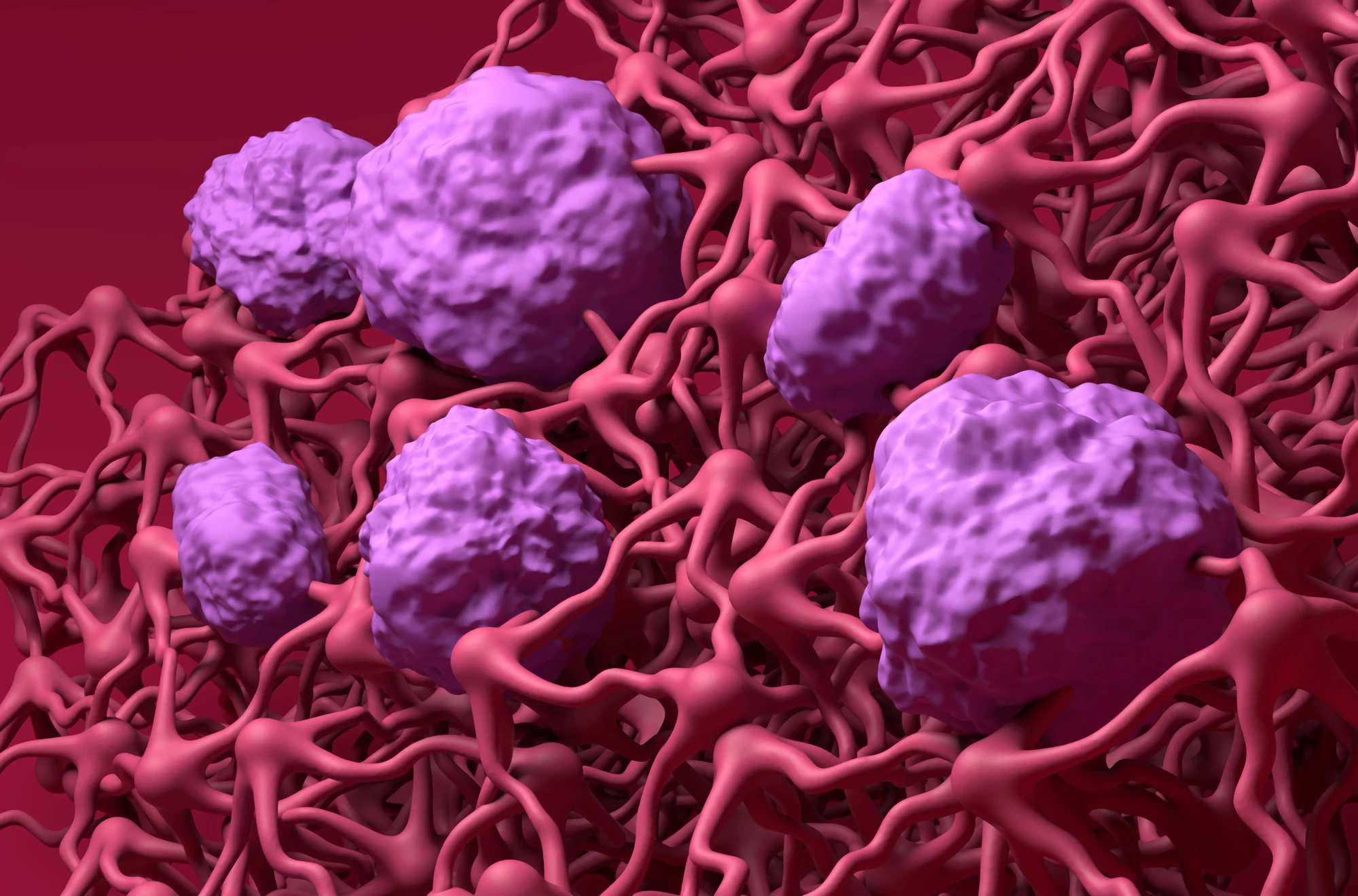Being the control center of the body, your brain needs strong security against circulating pathogens or toxins. The blood-brain barrier (BBB) performs this vital function, but it can become “leaky.” Now, scientists at Stanford have identified therapeutic molecules that could help patch it up, to potentially prevent neurological diseases.
Forming a semipermeable lining inside blood vessels that feed the brain, the BBB is your brain’s bouncer, turning away almost everything at the door except for the nutrients, ions and molecules core to neurological function. Unfortunately, if that barrier becomes damaged it can lead to a range of neurological diseases, such as multiple sclerosis, Alzheimer’s or brain cancer.
“A leaky blood-brain barrier is a common pathway for a lot of brain diseases, so to be able to seal off the barrier has been a long sought-after goal in medicine,” said Calvin Kuo, senior author of the study.
For the new study, Stanford scientists investigated molecules that might allow them to do just that. The key seems to be a communication pathway known as WNT signaling, which has been found to help maintain the BBB. This pathway is initiated by a protein receptor called “frizzled.”
The team identified a molecule that activates FZD4, a frizzled receptor in the endothelial cells of blood vessels in the brain. They then developed a version of this molecule called L6-F4-2, which binds to the receptor and sets off WNT signaling 100 times more efficiently.
To test it out, the researchers gave their L6-F4-2 molecule to mice with a genetic mutation that causes a similar barrier to become leaky – one protecting the retina. Sure enough, the team found that the blood vessels in the treated mice became more dense and less leaky than they had been. In a similar experiment, the therapy strengthened the blood-brain barrier around the cerebellum in mice with a similar genetic deficiency.
In another test, the researchers investigated the molecules’ impact on strokes, which can damage the BBB and let potentially hazardous substances enter the brain. They found that administering L6-F4-2 to mice reduced the severity of the stroke, improved their survival, and helped patch up leaks that sprang up in the blood vessels.
Of course, as with any animal study there’s no guarantee that these results would necessarily apply to humans, but the team says that this could be a first step in treating and preventing neurological diseases.
“We hope this will be a first step toward developing a new generation of drugs that can repair the blood-brain barrier, using a very different strategy and molecular target than current medications,” said Kuo.
The research was published in the journal Nature Communications.
Source: Stanford




